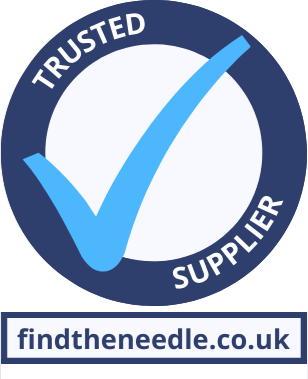How to Guarantee Safe Water Systems in Residential and Business Properties
- 07 Jan 2025
- Articles
Modern life depends mostly on safe water systems since they provide access to pure, drinkable water necessary for well-being and health. Maintaining the integrity of these systems, especially in homes with complicated water systems, can be difficult, though. Both commercial and residential buildings need careful maintenance to guarantee that water is free from contaminants, supporting safe surroundings for all residents.
Appreciating the risks and the function of corrective works
Inappropriate maintenance of water systems can lead to the breeding environment for bacteria and other infections. For example, poor temperature management, biofilm development, and stagnation could all pose major health hazards. Among these hazards, Legionella bacteria cause great worry as, if breathed through aerosols, they can lead to Legionnaires’ disease. Dealing with these hazards usually involves Legionella remedial works, which entails focused actions designed to eradicate or stop the growth of this dangerous bacterium. Such initiatives are especially important in properties with ageing infrastructure or high-risk water systems.
Safe water management strategies
Property owners must be proactive in guaranteeing the safety of water systems. Regular risk analyses depend on finding such dangers and reducing them before they become more serious. Routine flushing of pipelines and cleaning of water tanks are among the maintenance procedures that help avoid stagnation, which is mostly responsible for waterborne pollution.
Equally crucial is the application of temperature control techniques. Maintaining cold water below 20°C and hot water temperatures above 60°C makes the surroundings hostile to germs. Furthermore, sophisticated filtering systems and regular water quality monitoring improve safety and guarantee adherence to health rules and requirements.
The function of technology in water safety
Modern technologies have provided novel ideas to improve water system safety. For example, automated monitoring systems show real-time data on temperature swings, water quality, and flow rates. This knowledge helps property managers handle possible problems quickly, reducing the danger of contamination. Moreover, including IoT-based devices would help simplify maintenance tasks, lowering human error and guaranteeing constant monitoring.
These technical developments not only improve efficiency but also offer a reasonably cheap way to maintain water safety criteria. Integrating data-driven solutions helps property managers forecast possible problems and apply preventative actions before they start. Ultimately, using contemporary technologies helps businesses and residential buildings have a more dependable, safer water supply.
Encounters awareness and responsibility
The key first step towards sustainable management is teaching managers, renters, and property owners the value of water safety. Clear responsibility communication, training courses, and awareness initiatives help build an accountable culture. By knowing the hazards and required safety measures, all those involved can help keep safe water systems intact.
Conclusion
Ensuring the safety of water systems in commercial and residential premises calls for a multifarious strategy, including frequent maintenance, risk assessment, and the use of innovative technologies. Protecting the health and safety of inhabitants depends on addressing hazards like bacteria through focused activities. Proper plans and dedication to proactive management will help property owners establish surroundings that enable dependable and safe access to water.
Image attributed to Pexels.com







